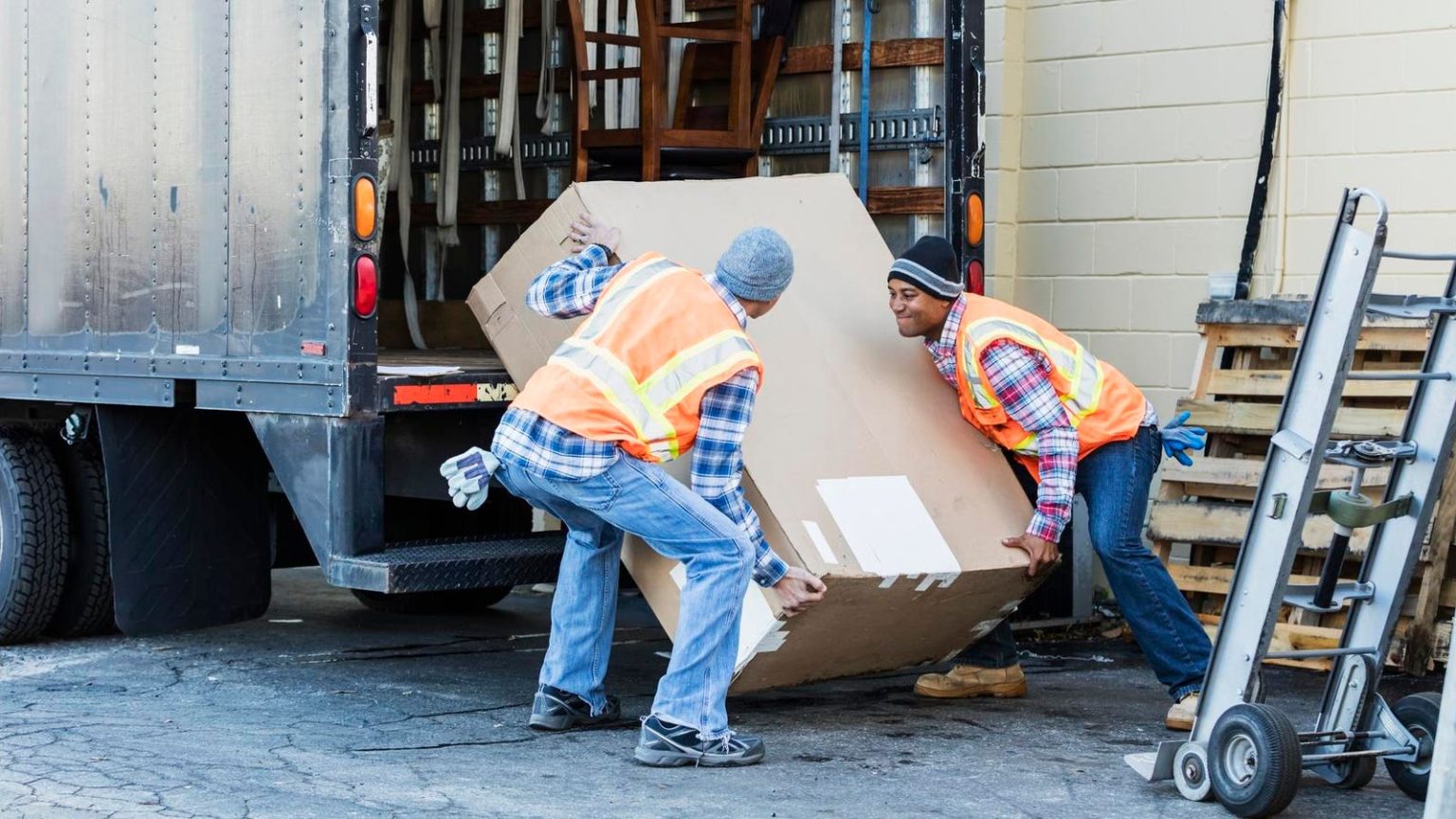In the past decade, consumer expectations regarding shipping times have changed significantly. While consumers previously were willing to wait up to a week for a package, now they expect delivery within two days. This presents a challenge for sellers of large and bulky items, often referred to as “ugly” freight, as transit times for these products can range from 10-21 days. Maintaining customer loyalty, especially during peak shopping seasons, is crucial for businesses in this sector.
Heather Hoover-Salomon, the CEO of uShip, an online freight marketplace, discusses the unique challenges of shipping ugly freight. These items can be oversized, oddly shaped, or assembled, making them difficult to transport. Finding experienced carriers willing to handle these items can be challenging, and the costs associated with shipping ugly freight are typically higher. Additionally, returning these items can present logistical challenges, with many retailers recouping less than 50% of the total cost following a return.
The impact of shipping challenges on customer experience cannot be understated. Over 70% of consumers say shipping problems negatively affect their opinion of a merchant, rather than the carrier responsible for the error. Issues such as damaged items, late deliveries, and lack of tracking information can harm customer loyalty. Customers expect the shipping process for ugly freight to be faster and more transparent, similar to their experiences with parcel deliveries.
To improve the shipping process for ugly freight and maintain consumer trust, small businesses can focus on proactive communication and carrier vetting. Implementing tools such as automated tracking software and alerts can help businesses manage expectations and communicate transparently with customers. Vetting carriers based on performance metrics such as delays and causes of delays can minimize poor customer experiences and ensure smoother shipping processes.
Looking ahead, there are promising technologies under development that could make shipping ugly freight easier in the future. AI and machine learning are enabling advancements in logistics, allowing for faster and more efficient transportation of large items. Machine learning tools can proactively address shipping problems in real-time, such as re-routing carriers around weather events or road construction. Investing in communication strategies and carrier vetting can help small businesses navigate the challenges of transporting ugly freight until these new technologies are fully implemented.


